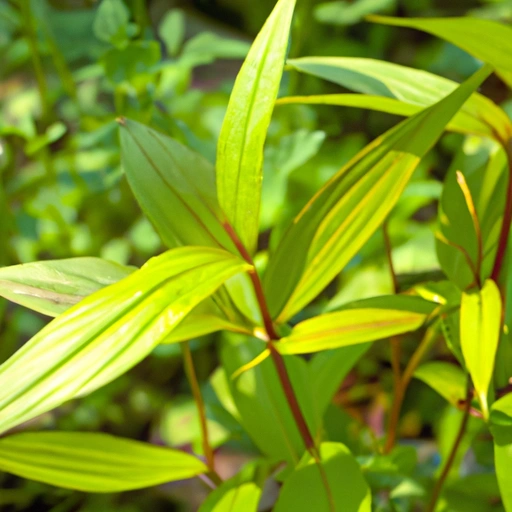Laksa Leaf
Description

Laksa leaf, known scientifically as Persicaria odorata and commonly referred to as Vietnamese coriander or daun kesum, is a herbaceous plant whose leaves are widely used in Southeast Asian cuisine. The leaves are long, narrow, and pointed, with a dark green color and distinct maroon pattern. They have a spicy, lemony, and slightly minty flavor that is both fresh and tangy, making them an indispensable ingredient in various dishes.
Common uses
Laksa leaves are primarily utilized in Southeast Asian cooking to impart flavor and aroma to soups, salads, and curries. They are often used fresh but can also be found dried or frozen in regions where the plant does not grow natively.
Nutritional value
Calories
A serving of laksa leaves, approximately 1 ounce (28.35 grams), contains roughly 4-7 calories.
Protein
Laksa leaves provide about 0.6 grams of protein per serving.
Fat
They are low in fat, with less than 0.5 grams per serving.
Carbohydrates
Carbohydrates in laksa leaves amount to about 0.9 grams per serving.
Vitamins
The leaves are a good source of vitamins A and C, providing a boost to the immune system and promoting skin health.
Minerals
Essential minerals found in laksa leaves include calcium, iron, and potassium, which support bone health, blood production, and cardiovascular function.
Health benefits
Laksa leaves are known for their medicinal properties, including anti-inflammatory and antibacterial effects. They can aid digestion and alleviate stomach discomfort.
Potential risks
As with many herbs, overconsumption of laksa leaves may lead to adverse effects, particularly for those with sensitivities to its compounds. Pregnant women should consult with a healthcare provider before consuming large amounts of laksa leaves.
Common recipes
Aside from the famous laksa soup, the leaves are used in dishes such as Vietnamese pho, Thai green curry, and Malaysian kerabu salads.
Cooking methods
Laksa leaves are commonly tossed into dishes during the last moments of cooking or used as a fresh garnish to preserve their delicate flavor and aroma.
Pairing with other ingredients
The zesty flavor of laksa leaves pairs well with seafood, poultry, rice, and fresh vegetables. They also complement coconut milk-based sauces and broths.
Summary
Laksa leaf is an exotic and versatile herb that adds a distinctive flavor to Southeast Asian dishes. Its unique taste and health benefits make it a popular choice for culinary enthusiasts looking to explore regional flavors. Whether used fresh or dried, laksa leaves enrich the sensory experience of any meal they are added to.